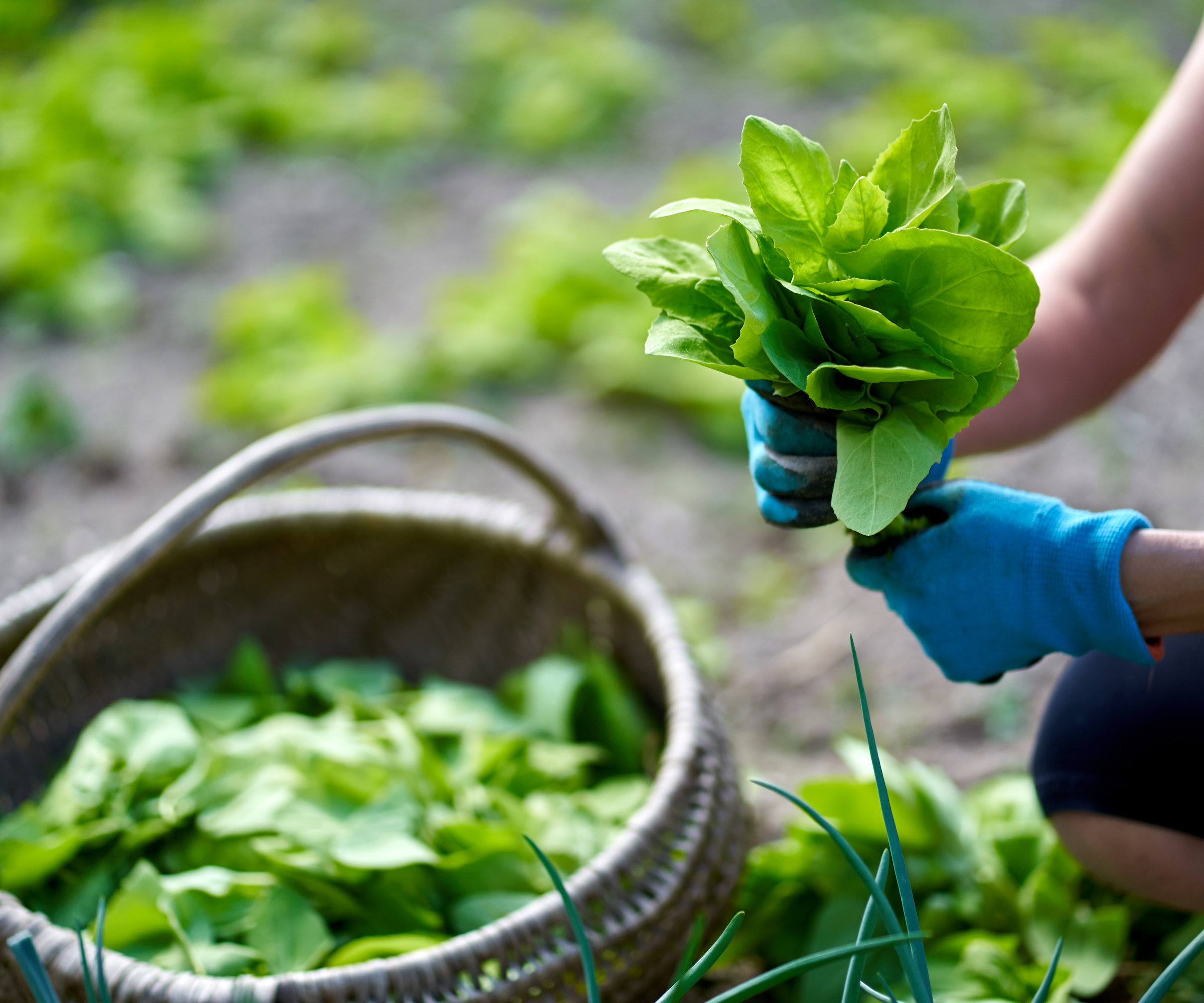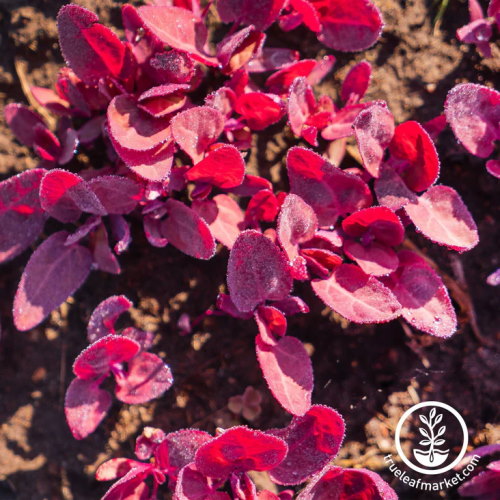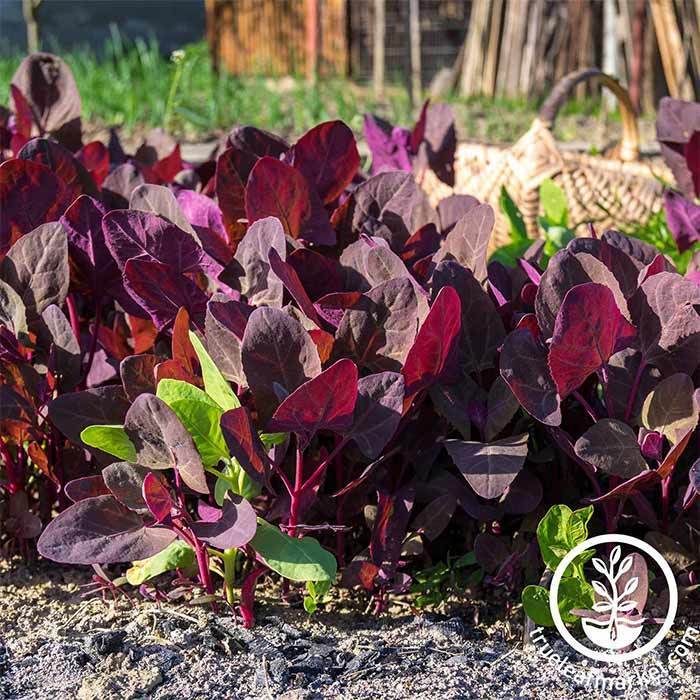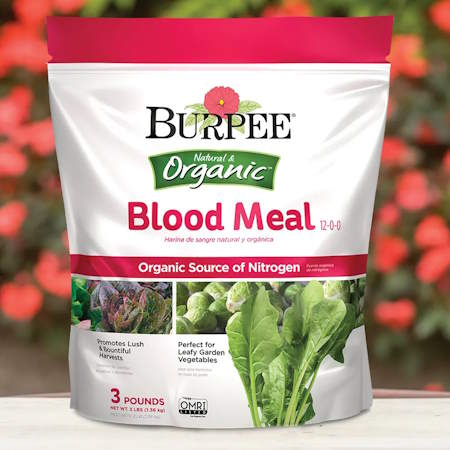How to grow orach – why you need to discover this surprisingly easy-to-grow and nutrient-rich leafy green
Orach is a historic crop and a fantastic alternative to spinach – it won’t bolt when the temperatures rise


Orach has been grown as a crop for centuries, but for too long in modern times was simply viewed as an unwanted weed. However, things have changed and orach is experiencing a renaissance as more and more growers appreciate its versatility, beauty, and flavor.
It is still a long way from being a staple in many people’s vegetable garden ideas, but it has the potential to become even more popular as people discover it is an easy-to-grow, warm-weather alternative to the better-known spinach and Swiss chard.
Orach comes in white, green, purple, and red varieties and can be grown as a cut-and-come-again crop for flavorful and nutritious harvests. So let's look at how to grow orach, from planting to harvesting.

How to grow orach - a complete guide
Orach (Atriplex hortensis) goes by multiple names and spellings, including orache, garden orache, red orache, French spinach, and mountain spinach. It originated in Asia and has been cultivated for thousands of years as a leafy vegetable.
Why grow orach?

There are many reasons why more and more growers are choosing to add orach to their kitchen garden ideas nowadays. It was once just considered a weed, but more gardeners appreciate the beauty and versatility of orach.
Flavor-wise, orach has a mild and nutty flavor that is similar to spinach or Swiss chard - and all three plants are members of the amaranth family. However, while it tastes similar, there are advantages to cultivating orach over growing spinach or Swiss chard. Most notable is the fact orach does not bolt as quickly as spinach when the temperatures rise in summer and offers itself as a warm-season alternative to those other leafy crops.
Orach is a fast-growing vegetable that offers many different uses. As well as being a fantastic edimental plant - one that makes a striking ornamental and edible addition to flower beds - the leaves of orach can be eaten raw or cooked, while the seeds are also edible and can be ground for homemade flour. Another bonus is that orach seeds can make dye.
Design expertise in your inbox – from inspiring decorating ideas and beautiful celebrity homes to practical gardening advice and shopping round-ups.
Finally on the long list of reasons to grow orach is that it can thrive in difficult growing conditions. Another of its many nicknames is ‘saltbush’ as the crop can tolerate high levels of salt, making it ideal for coastal gardens.
How to grow orach - care tips

Orach is hardy in US hardiness zones 4-8 and can grow in full sun or part shade. In warmer US hardiness zones it can be beneficial to plant it somewhere with protection from the hot afternoon sun. It can be grown in the ground, in containers, or in raised beds.
The crop wants rich and well-draining soil. Ashleigh Smith, managing editor of True Leaf Market, recommends giving the soil a little boost before planting. She says: ‘Before planting it is beneficial to mix in some compost or a balanced fertilizer.’
Regular watering is important as orach wants consistent moisture throughout the growing season. Although it is a drought-tolerant vegetable, the flavor diminishes if the plants lack moisture and it increases the risk of plants bolting in warmer temperatures.
Keep a close eye on when to water plants and always water the soil around the orach, rather than soaking the foliage. Mulching around plants with organic matter is a great way to retain moisture in the soil and suppress competition from weeds.
Soil supplemented with homemade compost or fertilizer before planting will have all the nutrients required for orach to get off to a great start. As for ongoing feeding, Ashleigh Smith advises: ‘Because orach isn’t a heavy feeder, only a light feeding is beneficial about every 4-6 weeks.’ Feed orach with a high-nitrogen fertilizer to encourage the strong growth of healthy foliage to harvest.
‘Orache can be harvested at the baby leaf or mature stages,’ adds Ashleigh. ‘Baby leaves are great in salads and are ready in just 30 days, while mature leaves take closer to 40-50 days.’
Regularly harvest leaves to encourage the production of new ones and pinch off any flower buds as they appear to concentrate the plant’s energy on producing young leaves. Given the right care, orach can be harvested from summer until the first frosts.

Ashleigh Smith is the Managing Editor at True Leaf Market with a bachelor's degree in horticulture from Brigham Young University - Idaho. True Leaf Market is a nationally certified organic, non-GMO seed and horticultural company based in Salt Lake City, Utah.
How to grow orach from seed

Sow orach seeds directly outdoors into their growing position once the risk of frosts has passed and the soil is workable.
Prepare the planting bed by removing weeds and raking to a fine tilth and sow seeds outdoors half an inch deep and two inches apart in rows spaced 18 inches apart. Water the seeds and keep the soil moist for good germination. Orach seeds will germinate quickly and want to be thinned to around six inches apart as they develop.
Orach seeds can be sown from spring to early summer and are ideal for succession planting. Regular small sowings throughout the planting window mean a continuous harvest of orach.
FAQs
Is orach hard to grow?
Orach is an easy vegetable to grow. The seeds germinate reliably and plants are simple to care for.
Is orach cut and come again?
Orach is a cut and come again crop and regular harvesting will encourage more sprouting and successional harvests. Cutting tender stems once they are 6-12 inches will result in branching and new stems and leaves to harvest. Just do not take too much at any one time to ensure the crop regenerates.
Is orach a hardy annual?
Orach is a hardy annual in US hardiness zone 4 to US hardiness zone 8. Orach is known to self-seed around the garden - so remove flowers or seed heads as they appear if you do not want more plants for years to come.
Should I pinch my orach?
Pinching the growing tips of orach stems above a node will encourage branching, dense growth, and the development of lots of new stems. Pinching off flower stems also focuses the plant’s energy on producing new flavorful leaves rather than flowers and seeds.
Can you eat orach raw?
Orach can be eaten raw or cooked. Young and tender leaves are best for eating raw and adding to salads.
It is great to see when historic crops experience a resurgence among growers in the modern age. Just as orach is increasing in popularity again, more people are growing oca. Oca is a root crop that has been grown for thousands of years in South America and the plants produce underground tubers that are vivid in color and used like potatoes.
I have grown oca in vegetable gardens over the years and reckon it is a crop worth adding to any kitchen garden. See our guide to how to grow oca and see if you are tempted to try growing this great vegetable.

Drew has worked as a writer since 2008 and was also a professional gardener for many years. As a trained horticulturist, he worked in prestigious historic gardens, including Hanbury Hall and the world-famous Hidcote Manor Garden. He also spent time as a specialist kitchen gardener at Soho Farmhouse and Netherby Hall, where he grew vegetables, fruit, herbs, and cut flowers for restaurants. Drew has written for numerous print and online publications and is an allotment holder and garden blogger. He is shortlisted for the Digital Gardening Writer of the Year at the 2025 Garden Media Guild Awards.



